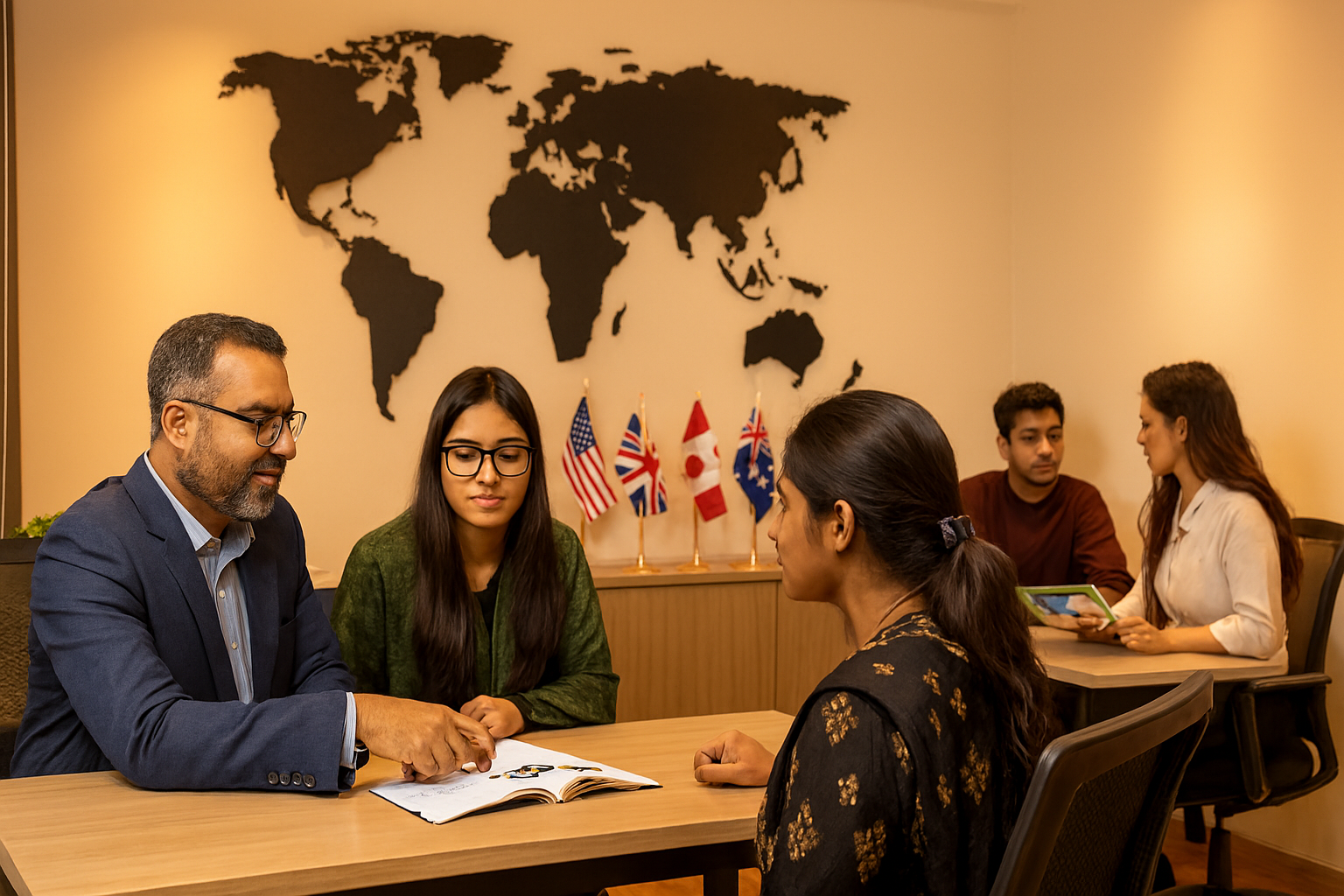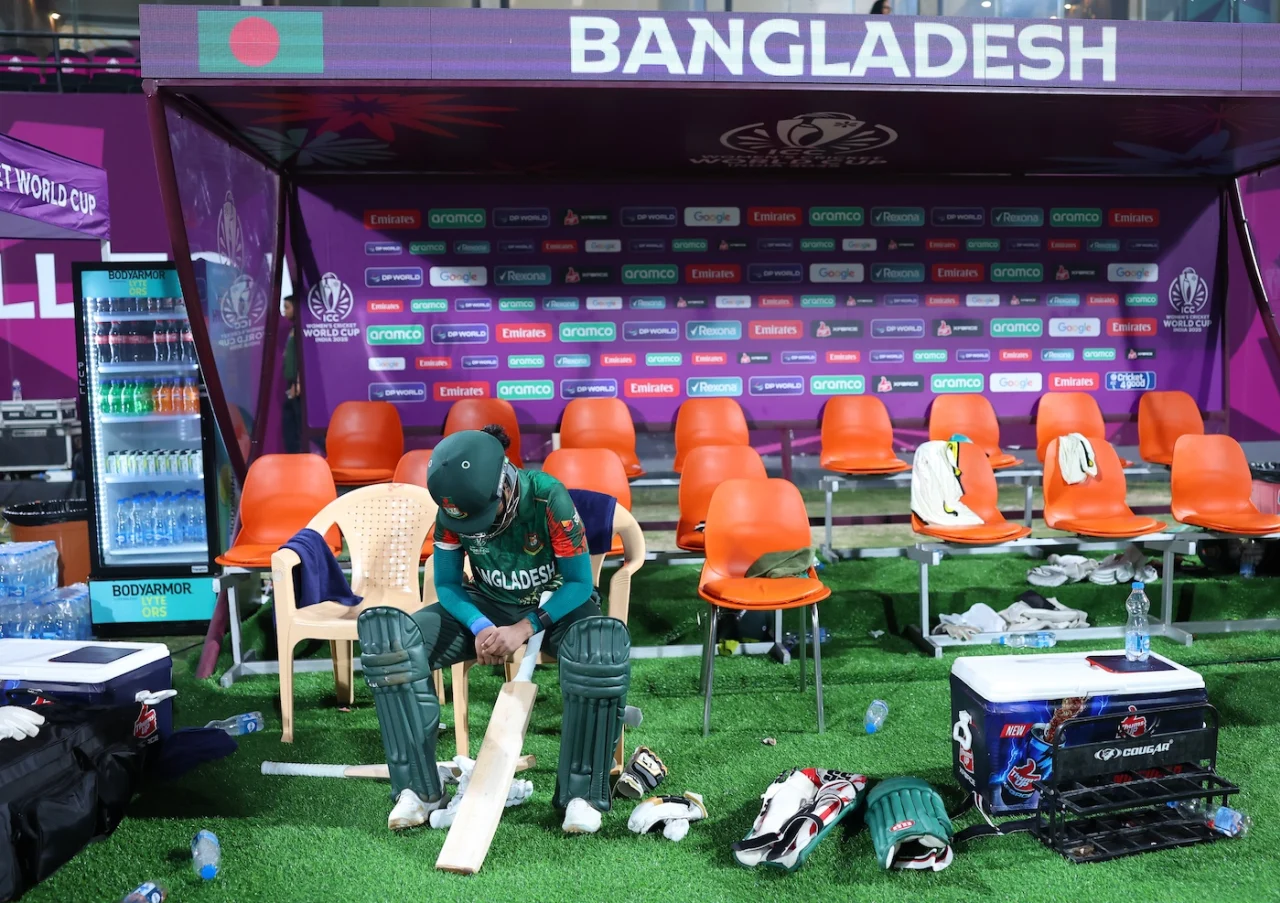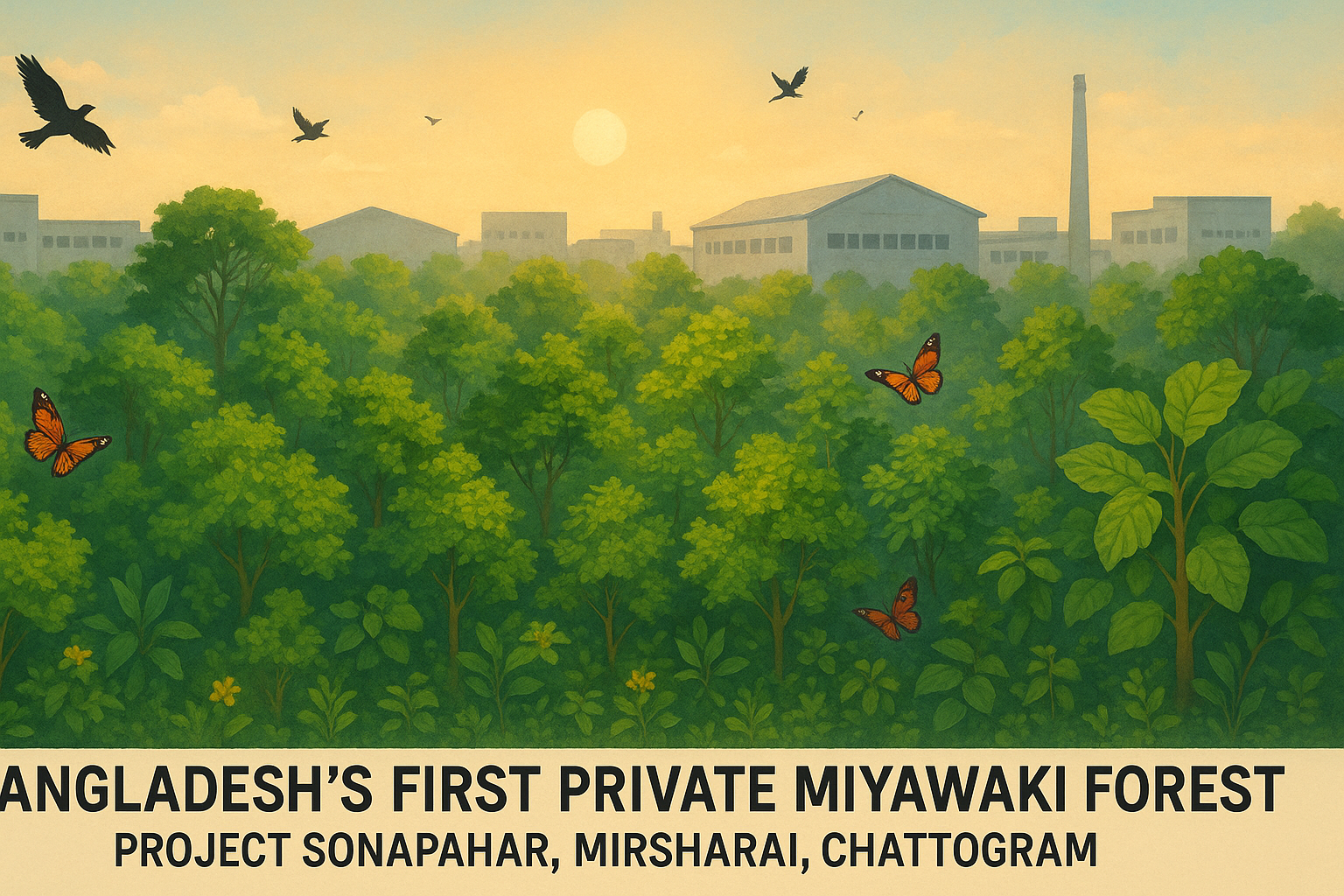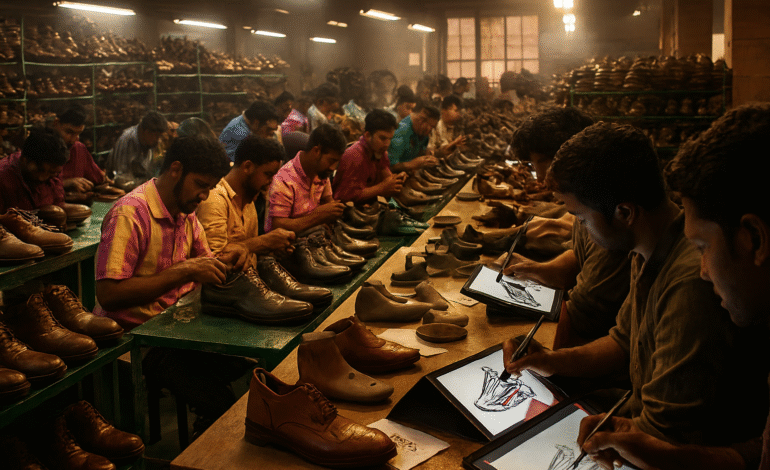Bangladesh’s Footwear Industry: The Rising Giant in Global Shoe Manufacturing
The footwear industry of Bangladesh is quietly stepping out of the shadow of the garment sector and marking its presence on the global stage. With strong growth in domestic demand, increasing exports, and homegrown brands scaling up, Bangladesh’s shoe sector is gaining momentum. Supported by competitive labour costs, expanding manufacturing capacity, and an improving export environment, the sector is poised to play a larger role in the country’s economy.
A Sector in Transition
Historically, Bangladesh has been known primarily for ready-made garments. Yet the footwear industry of Bangladesh is catching up, driven by both domestic consumption and a rising export orientation. Bangladesh produced 423 million pairs of shoes in 2020 and exported 72 million pairs. The country ranked 16th in global footwear exports in 2020, climbing from 18th the previous year. Such figures indicate both capacity and ambition within the sector.
Domestically, more Bangladeshis are choosing local brands over imports, thanks to improving quality and value. As Business Inspection notes, “people are now leaning more towards Bangladeshi branded shoes rather than foreign shoes.” All of this reflects the upward trajectory of the footwear industry of Bangladesh.
Key Players Driving Growth
The footwear industry of Bangladesh is led by a mix of legacy companies and newer entrants. At the top is Bata Bangladesh, which has operated in the country since 1962 and today produces 25-30 million pairs annually in two factories. Then comes Apex Footwear, founded in 1990, which now accounts for around 15% of Bangladesh’s leather footwear exports and has more than 250 retail shops in Bangladesh.
Other notable local brands include Bay Emporium, Jennys Shoes Limited, Step Footwear, Walker Footwear, Akij Footwear, and ABC Footwear Industries. These companies span both domestic retail and export manufacturing functions, helping strengthen the ecosystem of the footwear industry of Bangladesh.
Export Potential & Global Markets
As the footwear industry of Bangladesh grows, its “export story” is becoming more compelling. The availability of leather clusters, improving compliance environments, and global buyers seeking alternatives to China have created opportunities. According to the World Footwear 2021 Yearbook, Bangladesh was already producing hundreds of millions of pairs annually.
The Business Standard reported that despite potentials, footwear exports from Bangladesh have stalled around US$1 billion for nearly two decades, even though nations like Vietnam have seen exponential growth. This highlights both the opportunity and challenge for the footwear industry of Bangladesh — to capture a larger share of global supply chains.
Domestic Market & Consumer Trends
The domestic side of the footwear industry of Bangladesh is also evolving. Bangladeshi consumers increasingly look for local brands that offer quality, style and value. Retail footprints have expanded: Apex has grown its outlets across the country and other players are establishing strong distribution networks. Price consciousness, rising incomes, and fashion trends are all driving demand for footwear in Bangladesh.
Facilities have modernised, and many firms now recruit young design talent, invest in advanced machinery and diversify into athletic footwear, sandals, boots and more. These efforts help the footwear industry of Bangladesh move beyond commodity men’s dress shoes into broader market segments.
Challenges: Raw Materials, Compliance & Value Addition
Despite the positive momentum, several structural challenges remain for the footwear industry of Bangladesh. One major hurdle is the dependency on imported raw materials and footwear components — especially chemicals, soles, synthetic materials and accessories. The Business Standard noted that the diversification of sourcing remains limited.
Another challenge is value addition and vertical integration. The footwear industry of Bangladesh relies heavily on leather clusters and tanneries—some of which face environmental compliance issues. The Shoe City initiative in Gazipur aims to co-locate manufacturing of critical components to raise value addition.
Infrastructure, skill development, design competency and branding are also areas that need strengthening to enable the footwear industry of Bangladesh to compete globally not just on price but on quality and lead time.
Sustainability & Non-Leather Footwear Opportunities
In recent years, the footwear industry of Bangladesh has begun exploring non-leather options and sustainable manufacturing. Global brands are increasingly sourcing synthetic or eco-friendly shoes, which offers Bangladesh a chance to differentiate itself. According to industry commentary, non-leather footwear exports are growing rapidly and could be a new engine for growth.
For the footwear industry of Bangladesh, moving into value-added categories—sports, sneakers, fashion footwear, and eco-footwear—offers a path forward. Domestic brands are also finding opportunities in serving changing consumer preferences around comfort, design and sustainability.
Government & Cluster Support: Strengthening the Ecosystem
To support the footwear industry of Bangladesh, government policy and infrastructure matter. The establishment of specialised leather and footwear parks, supply-chain industrial zones and export incentive schemes are critical. For instance, the Shoe City project by Jennys Group brings together multiple component manufacturers in a single estate.
Such clusters reduce logistics cost, improve quality control, and make Bangladesh more competitive in global sourcing. If the footwear industry of Bangladesh can integrate more of the supply chain locally, it will reduce reliance on imports and improve margins.
The Road Ahead: Growth Projections & Strategic Focus
The footwear industry of Bangladesh is on the cusp of a key inflection. With increased exports, stronger domestic brands and rising international demand, the sector could evolve into a major export earner. If the current annual exports of tens of millions of pairs can translate into billions of value dollars, the impact will be substantial.
To move forward, the footwear industry of Bangladesh should focus on:
Deepening value-addition and localising components.
Building design, innovation and branding capacity.
Targeting high-growth segments: sport footwear, non-leather shoes, premium segments.
Strengthening compliance, sustainability and lead-time management for global clients.
Leveraging domestic market growth to scale production capacity.
From a fast-emerging sector to a globally relevant supplier, the footwear industry of Bangladesh is taking strides. With local champions, export momentum and growing consumer demand, the future looks bright. However, to realise full potential the footwear industry of Bangladesh must raise its game— upgrading raw material sourcing, enhancing value-addition, and branding itself beyond low-cost labour. If it succeeds, Bangladesh could become a footwear manufacturing hub and a key node in global supply chains.








